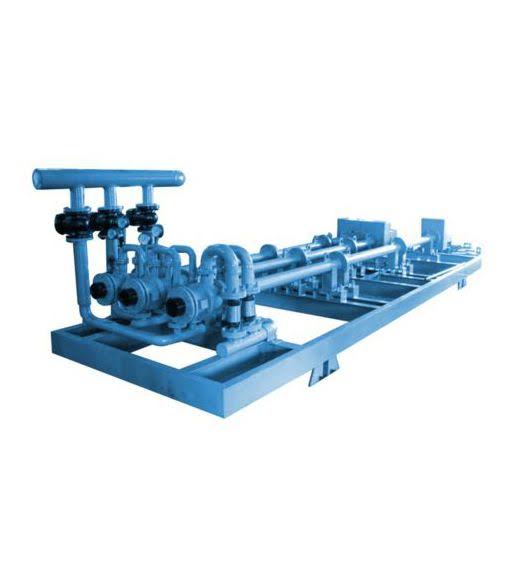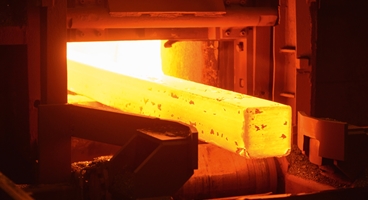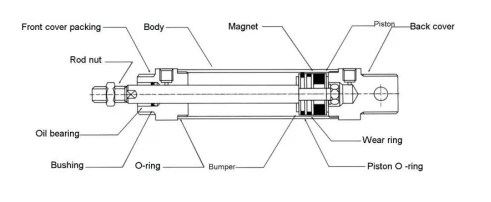Meta TechX Engineers -: Discover the importance of automatic flow pressure control systems for quenching boxes. Learn how they enhance precision, increase productivity, and improve overall efficiency in the manufacturing process.
In the world of industrial manufacturing, maintaining precise control over the quenching process is essential to ensure the desired outcomes of heat treatment. One crucial component in this process is the efficient management of flow pressure. That’s why automatic flow pressure control systems have become indispensable in modern quenching boxes.
What are Quenching Boxes?
A quenching box is a specialized enclosure used in the heat treatment of materials, such as metals, to achieve specific material properties. It involves subjecting the material to high temperatures and then rapidly cooling it down, a process known as quenching. The quenching box provides an ideal environment for this procedure, offering controlled heat and cooling rates.
The Importance of Flow Pressure Control
Flow pressure control plays a vital role in the quenching process. It ensures the optimal amount of coolant is delivered to the material, enabling a consistent and efficient cooling rate. Too much pressure can cause undesirable rapid cooling, resulting in excessive stress and potential cracking or distortion of the material. Conversely, insufficient pressure could lead to inadequate cooling, compromising the desired material properties.
Manual Control vs. Automatic Systems
Traditionally, flow pressure control in quenching boxes was performed manually, requiring constant monitoring and adjustment by operators. However, this method had its limitations. It was susceptible to human error, lacked precision, and hindered productivity due to the need for continuous operator involvement.
Automatic flow pressure control systems have revolutionized the quenching process, offering numerous benefits. These systems utilize sensors and advanced algorithms to monitor and regulate flow pressure automatically. By continuously adjusting the flow rate in real-time, they ensure precise control over the quenching process, eliminating human error and maximizing efficiency.
How Do Automatic Flow Pressure Control Systems Work?
Automatic flow pressure control systems incorporate several components to achieve optimal control of coolant flow pressure:
- Sensors: These devices measure various parameters, such as coolant flow rate, pressure, and temperature, providing real-time data for system control.
- Flow Control Valves: These valves regulate the flow rate of the coolant based on the feedback received from the sensors. They adjust the valve opening to achieve the desired pressure within the quenching box.
- Control Algorithms: The control algorithms analyze the sensor data and calculate the optimal flow rate required to maintain the desired flow pressure. These algorithms are often pre-programmed or customizable to suit specific quenching requirements.
- Monitoring and Display: Automatic flow pressure control systems often include user-friendly interfaces that allow operators to monitor the system’s performance, adjust settings, and view real-time data. This empowers operators to make informed decisions and troubleshoot any potential issues promptly.
Advantages of Automatic Flow Pressure Control Systems
Implementing automatic flow pressure control systems for quenching boxes offers several advantages:
- Increased Productivity: These systems streamline the quenching process, reducing the need for manual intervention and freeing up operators to focus on other critical tasks.
- Enhanced Precision: Automatic systems eliminate human error and consistently maintain the desired flow pressure, ensuring uniform cooling and predictable material properties.
- Improved Efficiency: By optimizing coolant flow rates, these systems minimize energy consumption and reduce coolant waste, resulting in cost savings and a more sustainable manufacturing process.
- Real-time Monitoring: Operators can monitor the system’s performance and make necessary adjustments promptly, improving overall process control.
Conclusion
In the realm of industrial manufacturing, automatic flow pressure control systems have become indispensable in quenching boxes. These systems revolutionize the quenching process by providing precise control over flow pressure, ensuring consistent cooling rates and predictable material properties. With numerous advantages, including increased productivity, enhanced precision, improved efficiency, and real-time monitoring, they have become an essential tool for manufacturers aiming to achieve optimal results in the heat treatment of materials.




